Scientists from Tomsk Polytechnic University have obtained magnetic stem cells with low toxicity and enough stable for gene engineering applications.
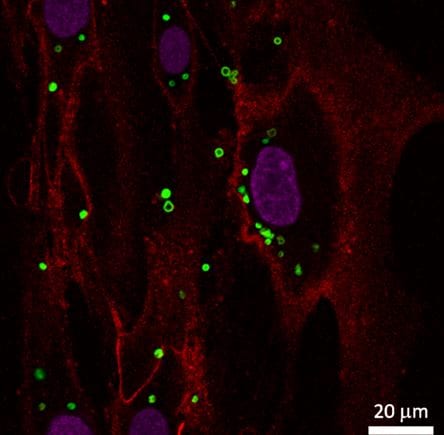

Scientists from Tomsk Polytechnic University have obtained magnetic stem cells with low toxicity and enough stable for gene engineering applications.
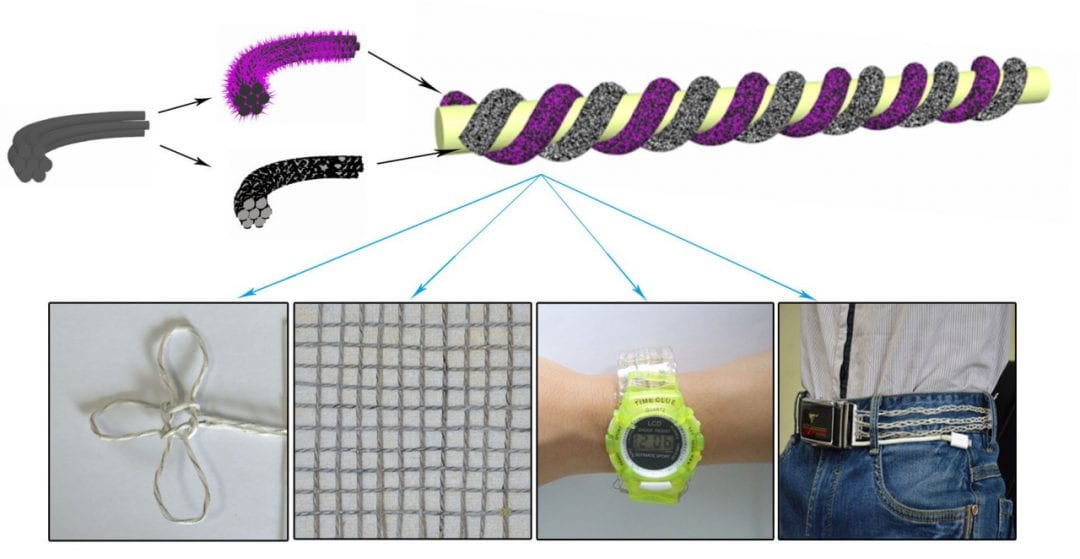
Prof. Guozhen Shen’s group has designed and fabricated metres-long flexible wire-shaped supercapacitors, which can be easily woven into wearable and patterned textiles.

Drug carriers capable of easily crossing the BBB are being explored by a team working across locations in South Korea and the USA.

The initial foundation to achieve biomimetic human robots may be here, via a platform for the rapid fabrication of biologically relevant artificial tissues and organs which was recently proposed.
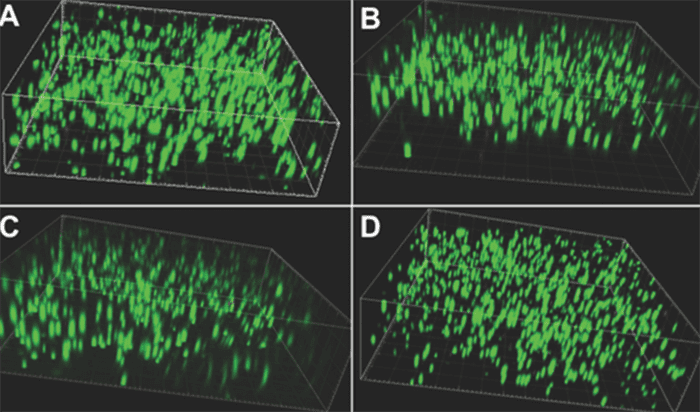
Researchers report the first example of a hydrogel for wound healing with both rapid self-healing ability and high mechanical strength.
A methacrylated hyaluronic acid scaffold with oriented pores perpendicular to the axial direction by an unidirectional freeze-drying method is reported.
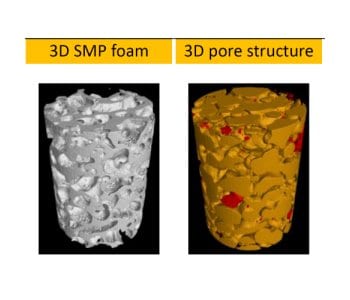
This study expands the potential applications of the SMP foam in tissue engineering.
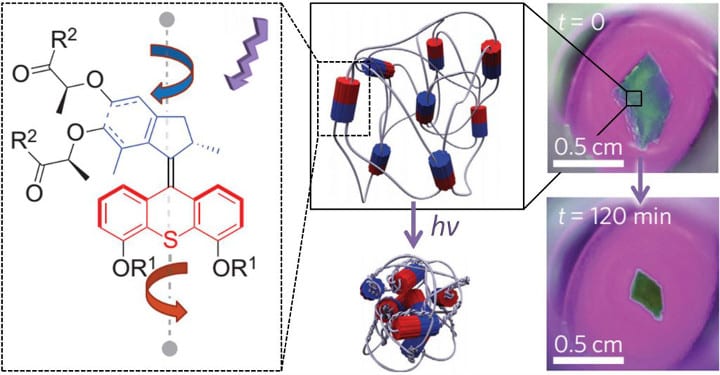
Modern chemical designers are often inspired by Nature as well as by man-made objects – think of the classical analogy between molecular building blocks and LEGO bricks, the lock and key principle, etc. This year’s chemistry Nobel laureates have certainly been inspired by a bit of both.
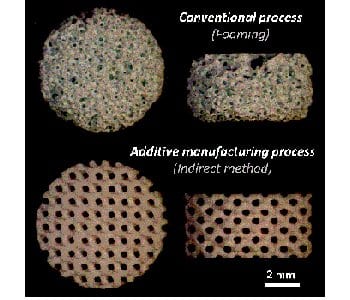
Researchers optimized then evaluated the reliability and robustness of a bioceramic manufacturing process based on the impregnation of 3D-printed mold.
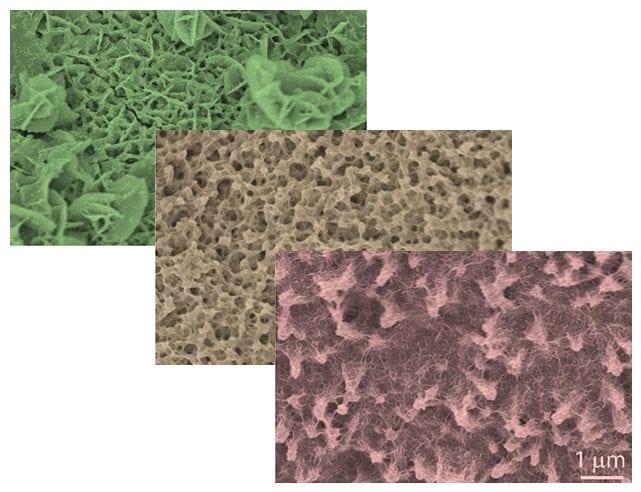
Researchers from Singapore have grown nanoporous nickel sulfide on nickel foam to generate promising electrodes for supercapacitors.